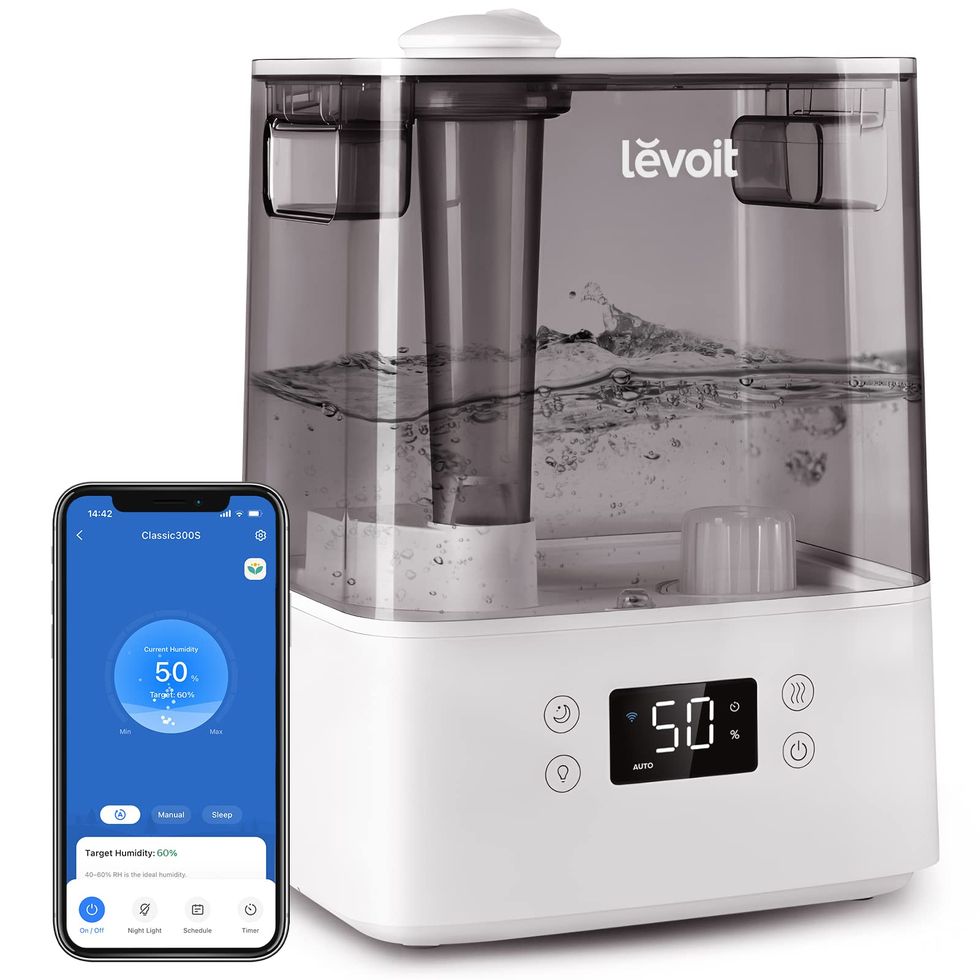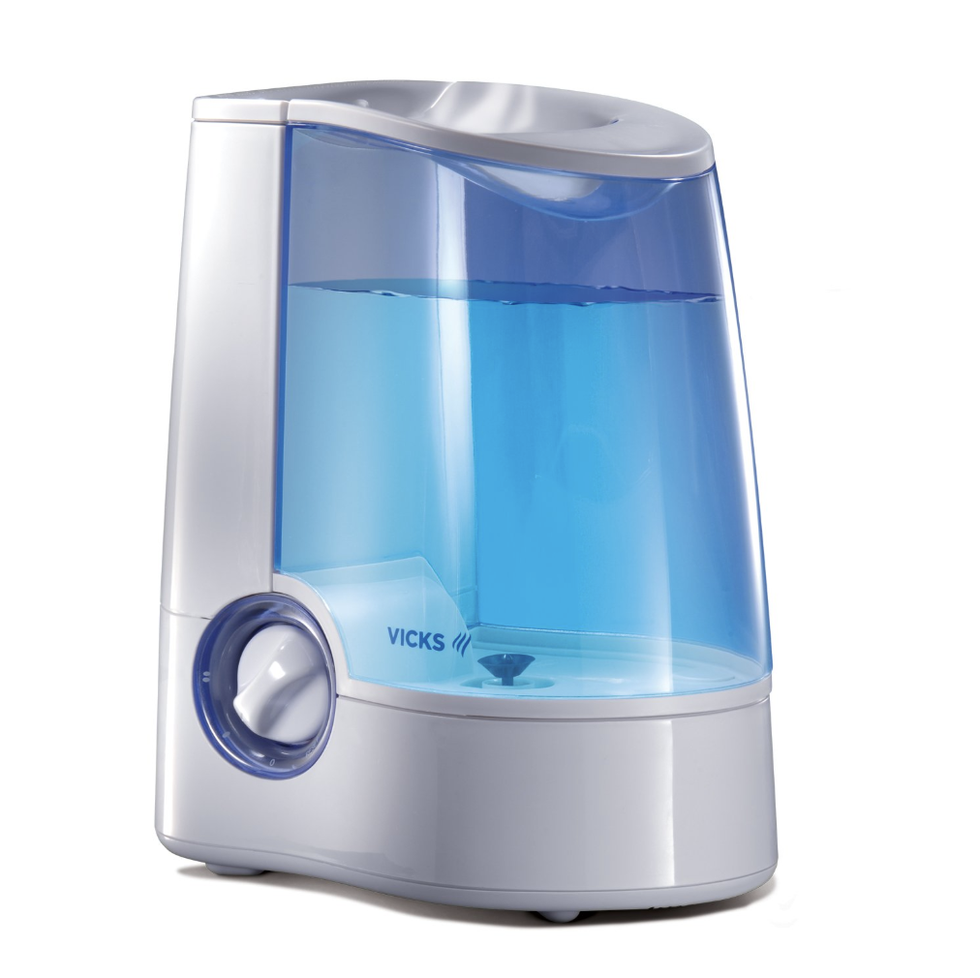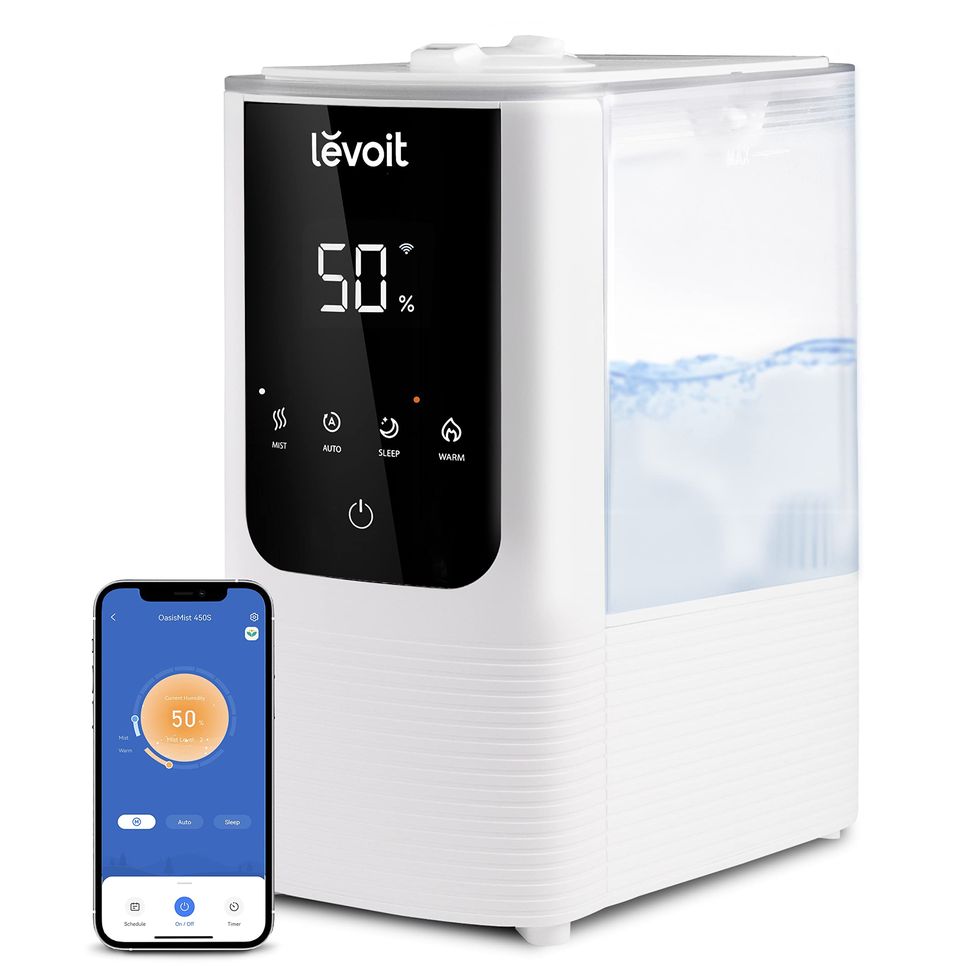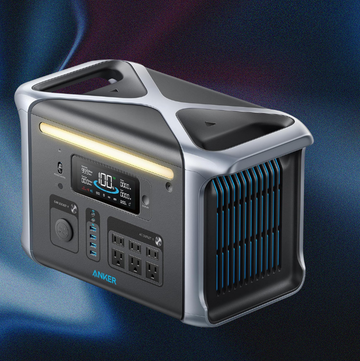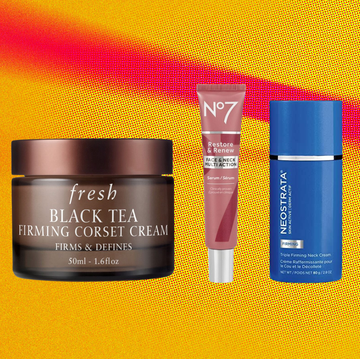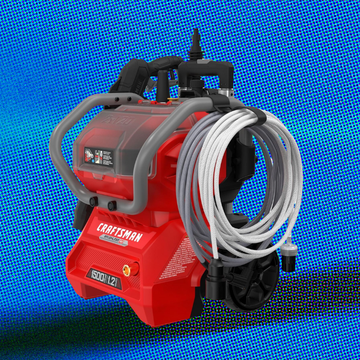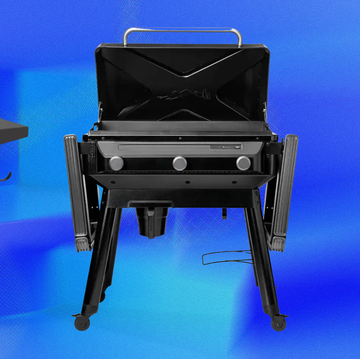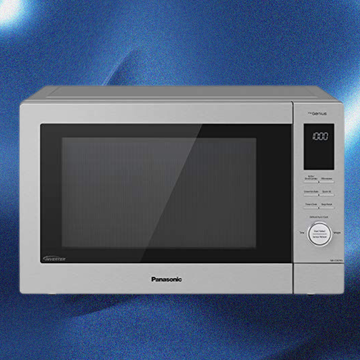The flu and cold season will be here before you know it, which means now is the time to make sure you have a good humidifier on hand. As you shop around, you’ll come across two types: cold-mist and warm-mist. That begs the question: Which humidifier offers the best relief from colds and coughs, along with the parched skin and chapped lips that come with dry winter air?
Our experts at the Good Housekeeping Institute test both types of humidifiers in the Home Improvement and Outdoor Lab, as well as in the homes of expert testers, including those with small children who are susceptible to winter ailments. We pulled together this guide to explain what is the difference between between cool mist and warm mist humidifiers.
At the bottom of the guide, you'll find a handful of product picks from each category. Be sure to check out our complete list of top-performing humidifiers as well as our favorite whole-house humidifiers, which might be worth the investment if you have severely dry air or a chronic case of the sniffles.
Cool mist vs. warm mist humidifier: key differences
Cool mist and warm mist humidifiers both add moisture to the air. The main distinction is that warm mist humidifiers emit hot steam. Though the heat output isn't nearly as powerful as what you'll get with a space heater, their warmth can be a welcome addition on chilly winter nights. Cool mist humidifiers, on the other hand, release cool moisture into the air, making them more suitable for year-round use, especially if you live in an arid climate with little precipitation.
Here are more about the pros and cons of each type.
Warm mist humidifier pros and cons:
Pros
- Better at reducing bacteria and germs
- Quieter than cool mist options
- Warms cooler winter air
- Generally less expensive than cool mist humidifiers
Cons
- Hot steam can pose a safety hazard for children and pets
- Might cause nasal passages to swell, so not ideal for colds
- Higher energy consumption
Also known as vaporizers, warm mist humidifiers have been around the longest and they’re often the least expensive. The mechanics are simple: An internal heating element boils water, which in turn releases steam into the room. The high temperature reduces the growth of bacteria and germs, plus they don’t make a lot of noise. Since humidifiers are typically used in winter, the warm mist of air can be nicer than a cold one, especially if you're using it next to your bed.
The downside of a warm mist humidifier is that the hot water can present a burn hazard, for example, if the machine were to tip over. That’s why our experts don’t recommend them in homes with babies, small children or pets. Though it might go against what you were told as a kid, warm mist humidifiers can also cause nasal passages to swell and make breathing more difficult, according to the Food and Drug Administration, so they’re not ideal for the treatment of colds. One final drawback: Warm mist humidifiers use more energy to boil water.
Cool mist humidifier pros and cons:
Pros
- Safe for use around babies, kids and pets
- Can be used year-round
- More energy-efficient than warm mist models
- Particularly effective at helping with congestion and cough
Cons
- Can accumulate bacteria growth more easily
- Fan technology can be louder than warm mist options
Most units sold today are cool mist humidifiers, so you’ll have a lot more options to choose from. Since there's no risk of burn hazard, they are safe to use, even around a baby. They’re also more effective in the treatment of colds and sinus problems because they can shrink nasal passages.
The downside is that cool mist humidifiers are a bit noisier, which can be an issue for light sleepers — plus, the cool mist of air isn’t ideal during cold weather months when you're already piling on blankets. Cool mist humidifiers can also accumulate bacteria growth more easily if they're not maintained properly. While they're fairly easy to clean, you will have to remember to regularly clean your humidifier to prevent bacteria and mold growth.
Our humidifier testing covers two types of cool mist technology, evaporative and ultrasonic, each of which has its unique pros and cons:
✔️ Evaporative cool mist humidifiers use a fan to draw air through a wet wick and then release the vapor into the air. "Our tests have found that they're the least likely type of cool mist humidifier to cause mold or mildew growth in the room because they don’t lead to excessive condensation on floors or surfaces," said Dan DiClerico, Director of Home Improvement and Outdoor at the Good Housekeeping Institute. However, upkeep is a bit tedious as you must replace the wick regularly to prevent bacteria growth in the device.
✔️ Ultrasonic cool mist humidifiers use a high-speed vibrating plate to turn water into a fine mist. Without any gurgling water, these are often the quietest options when it comes to cool mist humidifiers. Cleaning is also relatively simple (just rinse the tank and internals), but you do need to keep these raised off the ground to avoid any puddling of water.
The bottom line: warm or cool mist humidifier?
Warm and cool mist humidifiers are equally effective at adding moisture to the air in your home, so both help relieve dry skin and cracked lips, and also reduce static electricity around the house. Cool mist models are particularly helpful at easing respiratory and sinus discomfort associated with colds and coughs. And if you have children or pets, our experts strongly recommend opting for a cool mist humidifier, since it will pose zero burn risk.
Still can't decide? Go for a humidifier that combines both warm and cool mist options, like this GH Institute favorite that aced Lab tests: Levoit OasisMist 450S Smart Humidifier. Also known as dual mist humidifiers, these models allow you to switch between your preferred mist option, depending on the season and your needs. In addition to offering both cool and warm mist options, the Levoit OasisMist has a large water tank capacity that makes it easy to refill. Plus, it's quiet while running throughout the night, it features an easy-to-read digital display and can connect to an app, Amazon Alexa or Google Assistant for remote and hands-free control.
Whichever method you choose, our pros emphasize the importance of not overdoing it. Make sure you are properly regulating the output of your humidifier (you can use a hygrometer or look out for signs like excessive condensation on windows), because setting it at a humidity level that's too high can cause harmful bacteria or mold to grow, leading to a new host of problems.
Why trust Good Housekeeping?
This story was created by Editorial Director at the Good Housekeeping Institute, Jessica Teich, a longtime product tester, reviewer, writer and editor. Most recently, it was updated by Senior Reviews Analyst Olivia Lipski, who covers everything from consumer electronics to home, outdoor, fitness and more. She consulted the Good Housekeeping Institute’s Home Improvement and Outdoor Director, Dan DiClerico, as well as the Lab’s extensive testing data. To survive harsh NYC winters (and the dry skin that comes along with it!), she’s been sleeping next to a cool mist humidifier for years.
Jessica (she/her) is the director of editorial commerce and product reviews with over a decade of experience as a product tester, reviewer, writer and editor of beauty and lifestyle content. Previously she was the beauty editor at USA Today's Reviewed where she launched the Beauty vertical and tested hundreds of products and has covered trends for publications like The Boston Globe and The New York Times. You can usually find her sorting through piles of beauty products — and testing the best ones on camera.
Olivia (she/her) is a senior reviews writer and analyst at the Good Housekeeping Institute, overseeing product testing and covering tech, travel, home, fitness, parenting, health and more. Since joining GH in 2021, she has continued to leverage her extensive product reviews experience by staying on top of the industry’s latest innovations and helping readers make better buying decisions. Olivia is a graduate of the George Washington University, with a bachelor’s degree in journalism, political science and French, and she holds a master’s degree in communications from Sciences Po Paris.
Having written thousands of product reviews and how-to articles on all aspects of home ownership, from routine maintenance to major renovations, Dan (he/him) brings more than 20 years of industry experience to his role as the director of the Home Improvement & Outdoor Lab at the Good Housekeeping Institute. A one-time roofer and a serial remodeler, Dan can often be found keeping house at his restored Brooklyn brownstone, where he lives with his wife and kids.


